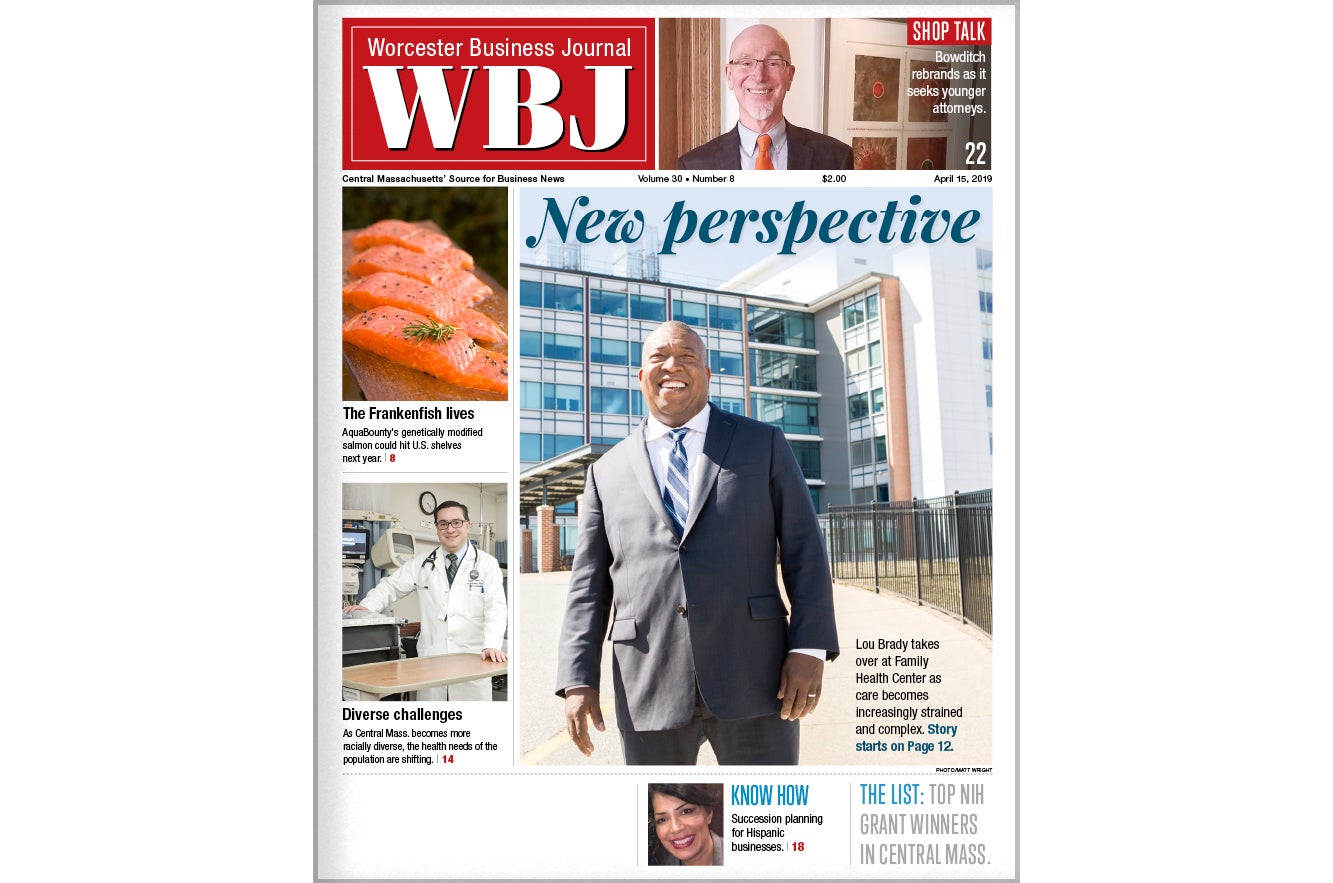Education: Local Higher Ed Aims High
Region's 15 colleges and universities seek to combat the 'brain drain'
By Taryn Plumb
Special to the Worcester Business Journal
"Every college president struggles with that on a daily basis," said Robert Antonucci, who heads Fitchburg State College. "You have to invest in disciplines, and at the same time it becomes costly. But you have to do it to be competitive."
That tri-fold challenge for Central Massachusetts' 15 institutions of higher education increases every year, thanks to mounting energy, oil and health care prices, precarious state funding and the threat of the region's so-called "brain drain."
The latter is most worrisome to college presidents, who also note the immediacy of the area's shrinking youth population - according to projections, the number of high school seniors in New England will begin to markedly decrease in 2009.
Therefore, in the coming year, colleges will continue their long-term efforts to retain graduating students and, ultimately, brainpower in the region.
The Harrington Learning Center at Quinsigamond Community College in Worcester.School-Workforce Link
For Quinsigamond Community College, that means going forward with a partnership with regional manufacturers and Worcester Technical High School to keep young people appraised of the job potentials in the area. The effort was made possible by a $750,000 gift from the National Science Foundation, according to President Gail Carberry.
The 13-member Colleges of the Worcester Consortium, meanwhile, will continue to actively encourage students to partake in area internships and one-day "Working in Worcester" events that introduce students to area markets, according to CEO Mark Bilotta.
FSC, for its part, has more comprehensive efforts underway - the school is attempting to literally mold its curriculum to the area's economic needs. To ensure that students don't end up with useless degrees, the school has analyzed the region's demographics and compared its service offerings to New England's most viable business sectors, Antonucci said. As a result of that work, which will continue into 2008, he said the school will expand its nursing program and modify its science and chemistry programs to correlate with the area's biotech field.
But to keep students here, colleges have to first wrangle them - which can also be a considerable task.
For small colleges like QCC, recruiting means continued investigations into the "far reaches" of service areas, according to Carberry. That might encompass an expansion in the next couple years to the college's satellite location at Southbridge High School, she noted.
Larger institutions such as Clark University will attempt to broaden out in the coming year, as well; President John Bassett said the school will aggressively begin to target the South and the Midwest, as well as other countries. Internationally, there's often intense competition - 10 percent of Clark students currently come from other countries, Bassett said, but that's been compromised by increased marketing efforts by schools in Canada, England and Australia.
Other institution heads, for their part, remain hopeful that the now-on-hold CitySquare project will finally take shape and transform Worcester into a desirable destination for not only students, but the general population. "Because that's what we're missing," said Bilotta. "Worcester and the region are poised to be so much more."
Community Engagement
But equally critical is creating a social link between students and the area, Bilotta said; he pointed to studies that show that students most engaged in their college community are most likely to stay in that region.
The other big hurdle for colleges - as it is with many other sectors - is securing finances. Because state funding is becoming harder and harder to come by, public institutions are actively pursuing support through private channels. Antonucci asserted that state schools have in many ways become "public institutions with a private edge."
FSC, for instance, is in the midst of a $12-to-$15 million capital campaign that will go public in the spring. Antonucci said they're also going to rely more on gifts from supporters.
QCC is similarly pursuing grants from local corporations and foundations. Carberry is hopeful that Gov. Deval Patrick's $2 billion Higher Education bond bill will also soon put another building on campus. The president noted that the school's enrollment in fall 2007 was up by 10.5 percent, or 650 students. "Increases in enrollment within a confined campus is probably our greatest challenge," she said.
Another method of attack is collaborations. For example, through the partnership "Central Links," QCC, FSC, Worcester State College and Mount Wachusett Community College purchased a discounted group banking service. In the future, they'll likely combine resources again to offset energy costs, Antonucci said. "It's like bulk buying," he noted. "You work with each other and learn from each other."
Taryn Plumb is a freelance writer based in Worcester.








0 Comments